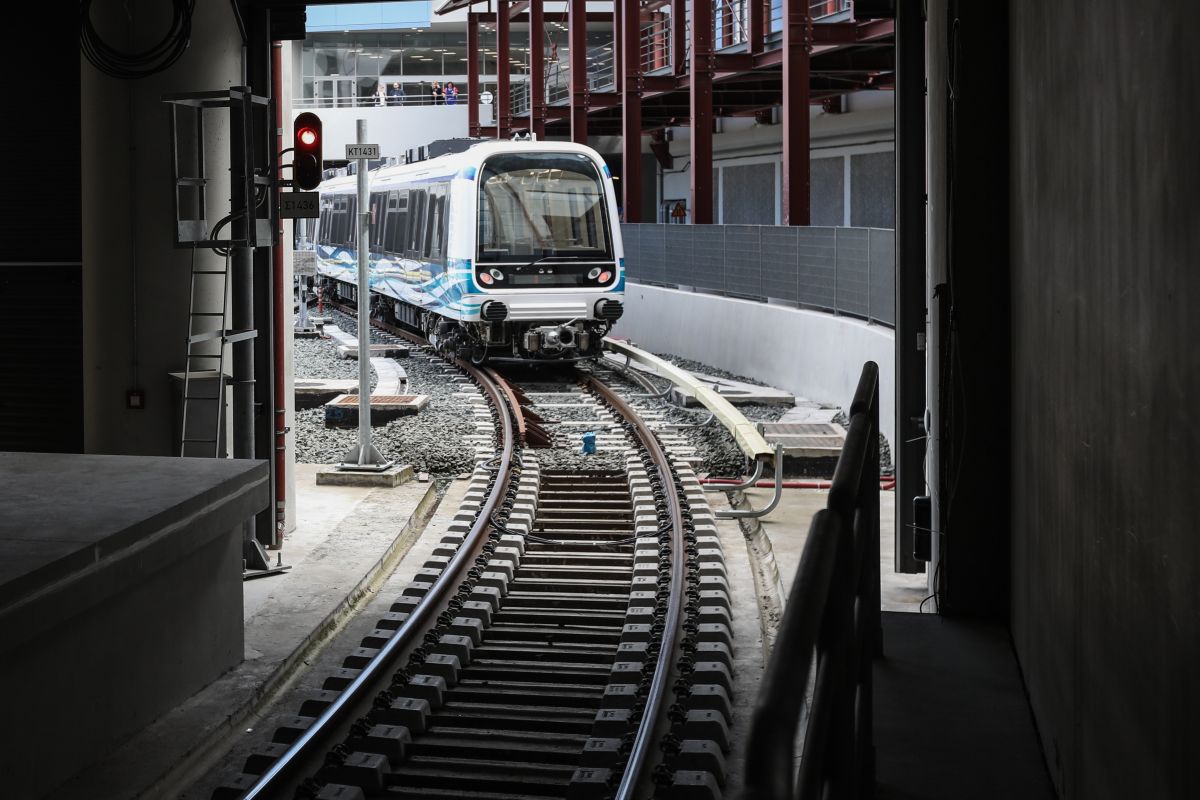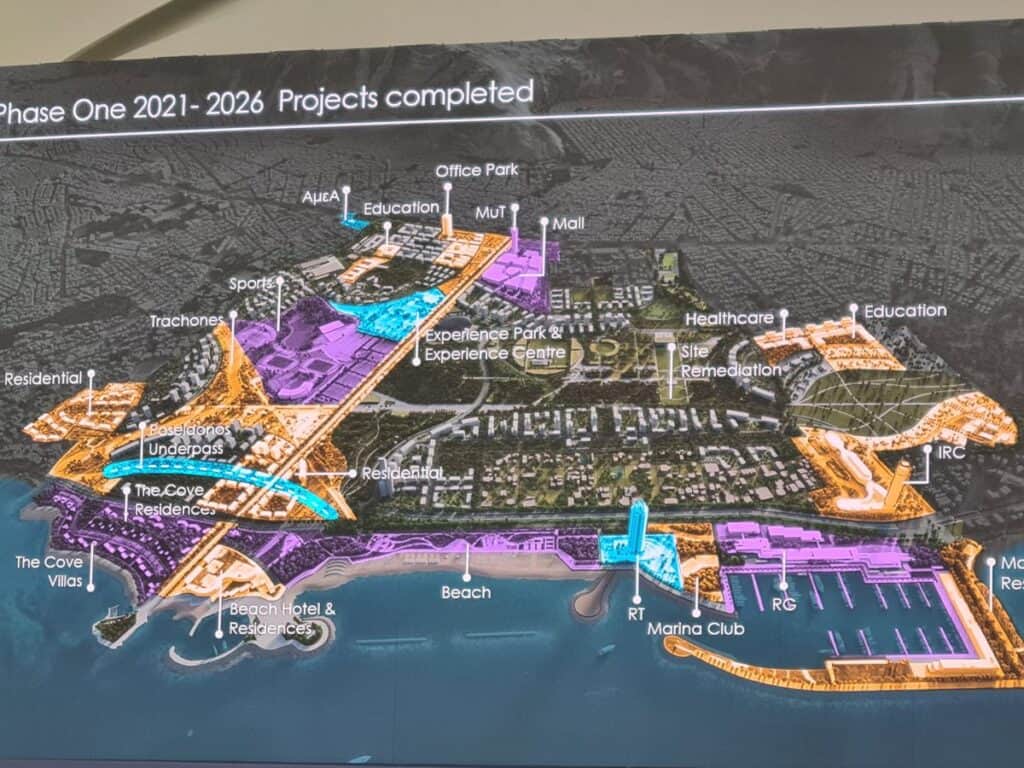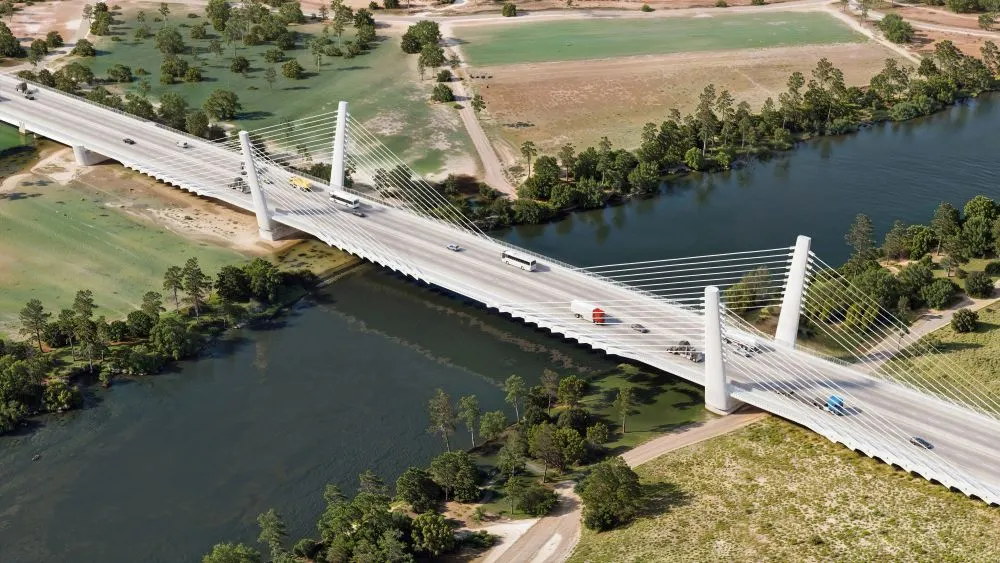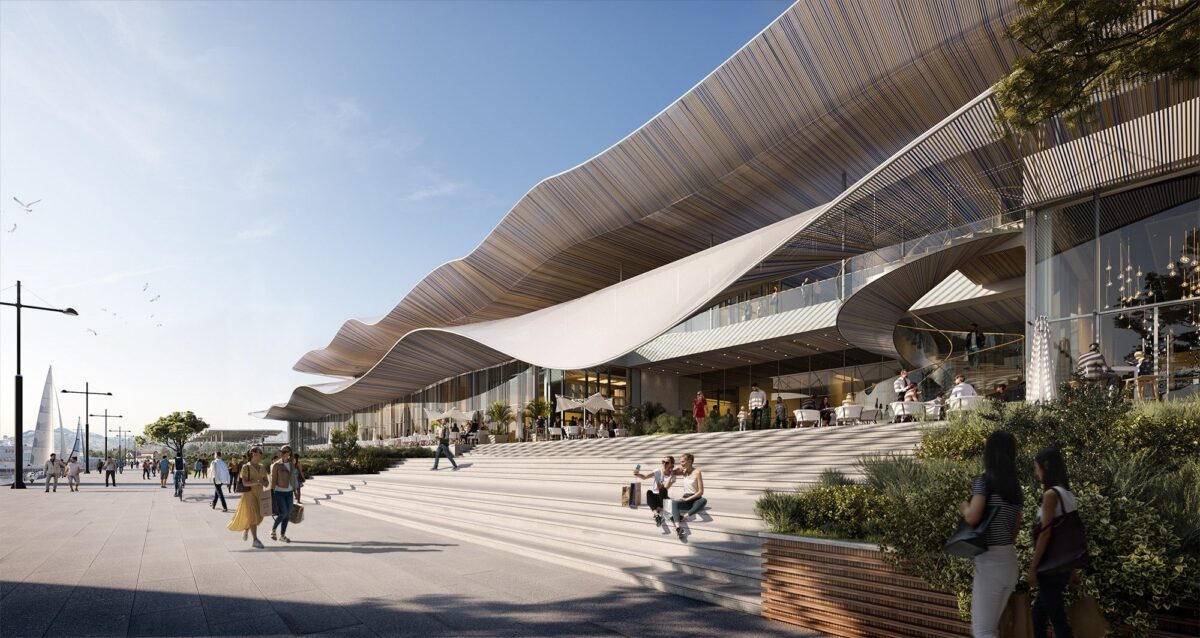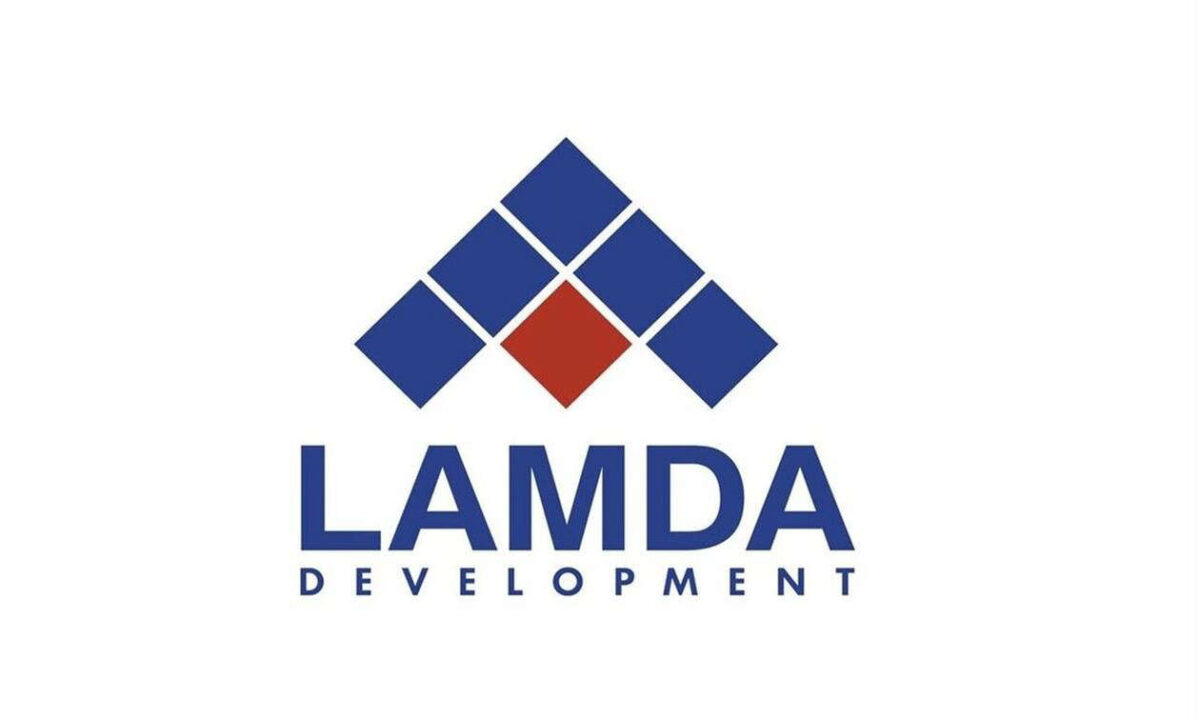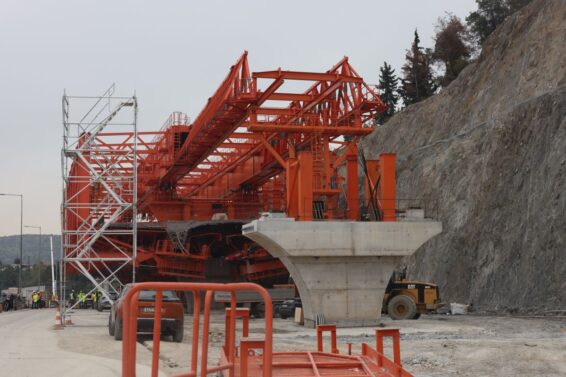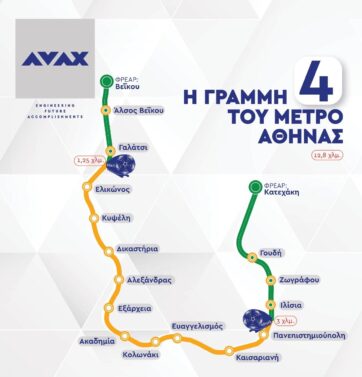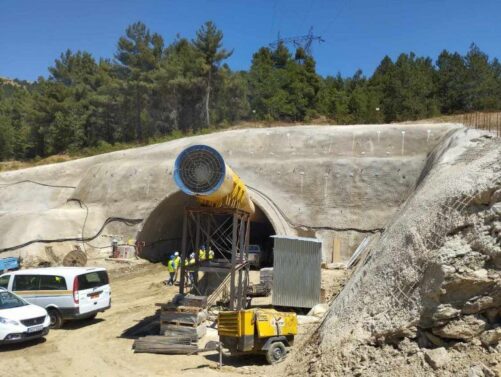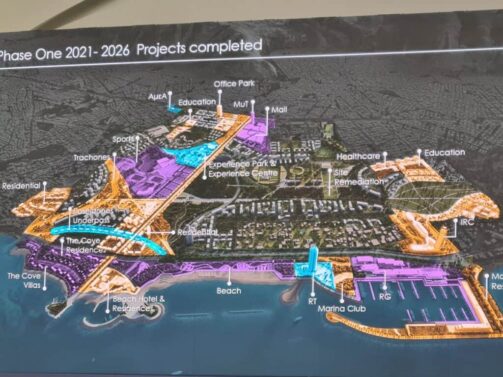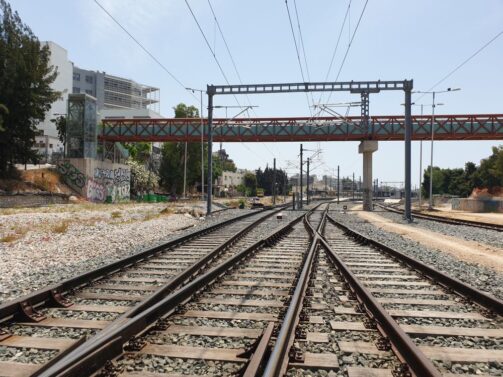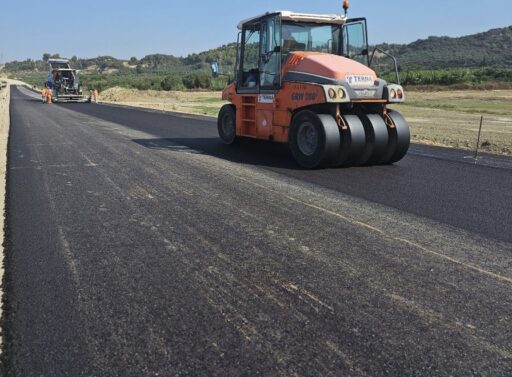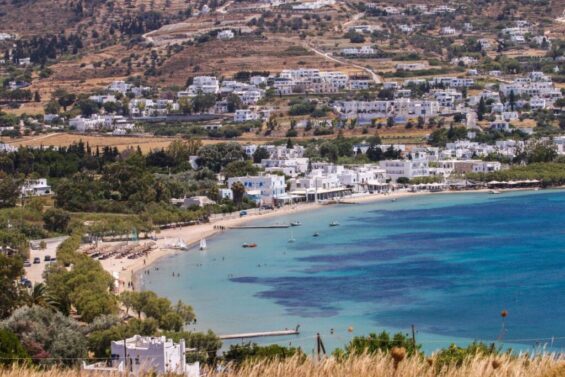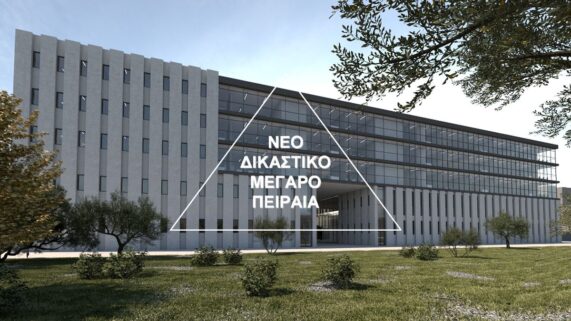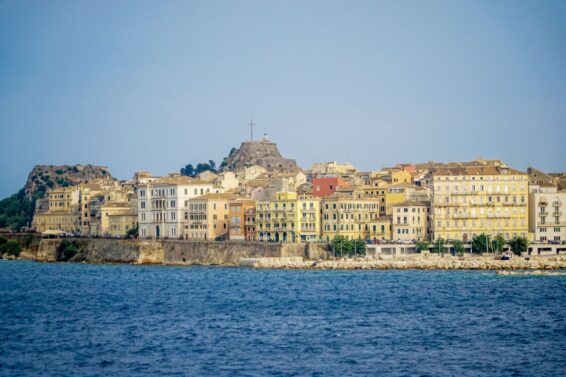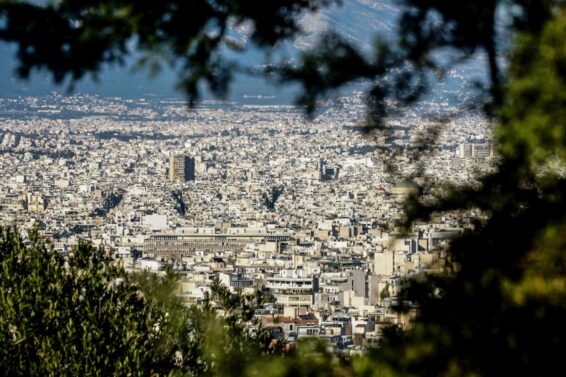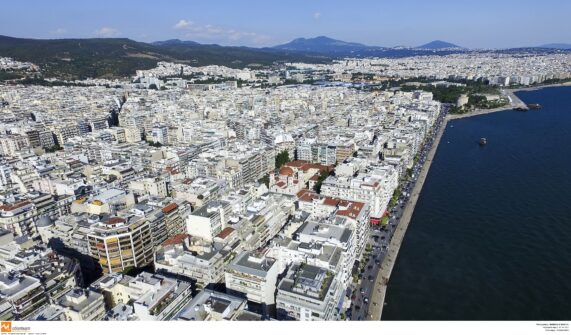After the announcement of the operational date for the main line of the Thessaloniki Metro by Prime Minister Kyriakos Mitsotakis, a multi-year cycle closes for this means of transport, which promises to improve the daily commutes of Thessaloniki’s residents. The launch of the Neos Sidirodromikos Stathmos (New Railway Station)-Nea Elvetia (New Switzerland) line on November 30th will mark a new chapter in the city’s urban transportation.
A year later, it is estimated that the extension towards Kalamaria will become operational, marking the completion of the initial metro projects in the city. However, this conclusion also signifies the beginning of a new phase, with plans to extend the metro to other areas of the city.
The next priorities for the Ministry of Infrastructure and Transport and the Hellenic Metro, as noted recently by Minister of Infrastructure and Transport Christos Staikouras, are the northwestern suburbs—areas with high population density.
According to the Hellenic Metro’s plans, outlined in the Metro Development Study for Thessaloniki, the network is set to include two main lines, each with several additional branches. The new extensions of the Metro will reach areas such as Nea Efkarpia, Evosmos, Toumba, Harilaou, KTEL, and Macedonia Airport in Peraia, as well as Thermi. In total, beyond the existing 13+5 stations on the main line, the construction of an additional 26 stations is anticipated, which will significantly expand the Thessaloniki Metropolitan Railway network.
A key aspect of the new plan is the creation of a second line that will serve the western suburbs, the city center, and the northeastern suburbs of the city. At the same time, the main line is expected to be extended towards Stavroupoli-Nea Efkarpia and to Macedonia Airport.
In its final form, the Thessaloniki Metro will have 44 stations and span 48 kilometers. It is estimated to serve 680,000 passengers daily.
The new Line 2
The second line that will traverse the Thessaloniki metropolitan area is quite an ambitious one. Represented in green, it features several interesting characteristics. It will include a total of 17 new stations over 18.41 kilometers and will cover the route from ANO EVOSMOS or KORDELIO to AGIA KYRIAKI.
Essentially, it includes two branches heading west with 8 stations over 10.75 kilometers. The first branch runs from the New Railway Station to Evosmos and includes the following stations: New Railway Station (connection with Line 1), Ampelokipoi, Menemeni, Evosmos, Periferiaki, and Ano Evosmos. At the end of the line, a new depot will be located to service this new line.
The second western branch also starts from the New Railway Station and extends to Kordelio. It shares the stations Ampelokipoi and then continues with the stations KTEL Makedonias, Eptanissou, and Kordelio.
Next, we have the central section of the line, which will connect with the New Railway Station and the Demokratias Station of Line 1. The route then plans to proceed underground along Tsimiski Street. It will include the Aristotelous Station in the heart of the city, located at the large square, continue with the HANTH Station, and reconnect with Line 1 at the University Station, which will become a major transportation hub for the city. This will be the only station with two levels, serving both lines, similar to the stations in Athens.
The western section of the new line includes the stations Agios Dimitrios, Toumba, Harilaou, and terminates at the Agia Kyriaki station.
The main Line 1 and its extensions
Now, moving on to the main line, not much will change from what we already know. The main line from NEOS SIDIRODROMIKOS STATHMOS (New Railway Station) to NEA ELVETIA is expected to be delivered in November, and by 2025, the second branch from NEOS SIDIRODROMIKOS STATHMOS to 25IS MARTIOU-MIKRA is expected to be completed. Following that, extensions to the west and east are planned.
The next expansion the city will experience is towards the northwest. It is worth noting that this is essentially a reinstatement of the original extension towards the area as it existed until 2015, replacing the plan for a circular line.
This extension is particularly significant as it will serve the densely populated areas of the city located in this region. The line will start from the Demokratias Station and reach the Papageorgiou Hospital, covering 6 stations and 7.96 kilometers. It will share the Demokratias Station and then include the following stations: Neapoli, Terpsithea, Stavroupoli, Polichni, Efkarpia, and Papageorgiou Hospital. Additionally, a new depot is planned to meet the increased demands of the line.
Finally, an extension towards the airport is planned with a slightly altered route. This will continue from the Kalamaria branch and include 6 stations over 8.72 kilometers. It will start after the terminus at Mikra and will feature the following stations: Scholi Polemou, Patriarchika, Diavalkaniko, Georgiki Scholi, Airport, and end at the Thessaloniki Innovation and Technology Center (ThessINTEC). A future extension from the Patriarchika Station to Thermi is also anticipated.
To recap, the main line includes the stations: Neos Sidirodromikos Stathmos, Demokratias, Venizelou, Agia Sofia, Sindrivani, Panepistimio, Papafi, Euclid, Fleming, Analipsi, 25is Martiou, Voulgari, and Nea Elvetia, with the Pylea Depot located to the east.
In the Kalamaria extension, the starting point is at the 25is Martiou Station, followed by the stations: Nomarchia, Kalamaria, Aretsou, Nea Krini, and Mikra.
For more details and the complete article in Greek, click here
ΜΗΝ ΞΕΧΑΣΕΤΕ
- Ακολουθήστε το ypodomes.com στο Google News και μάθετε πρώτοι όλες τις ειδήσεις για τις υποδομές στην Ελλάδα
- Αν είστε επαγγελματίας του κλάδου, ακολουθήστε μας στο LinkedIn
- Εγγραφείτε στο Ypodomes Web TV

